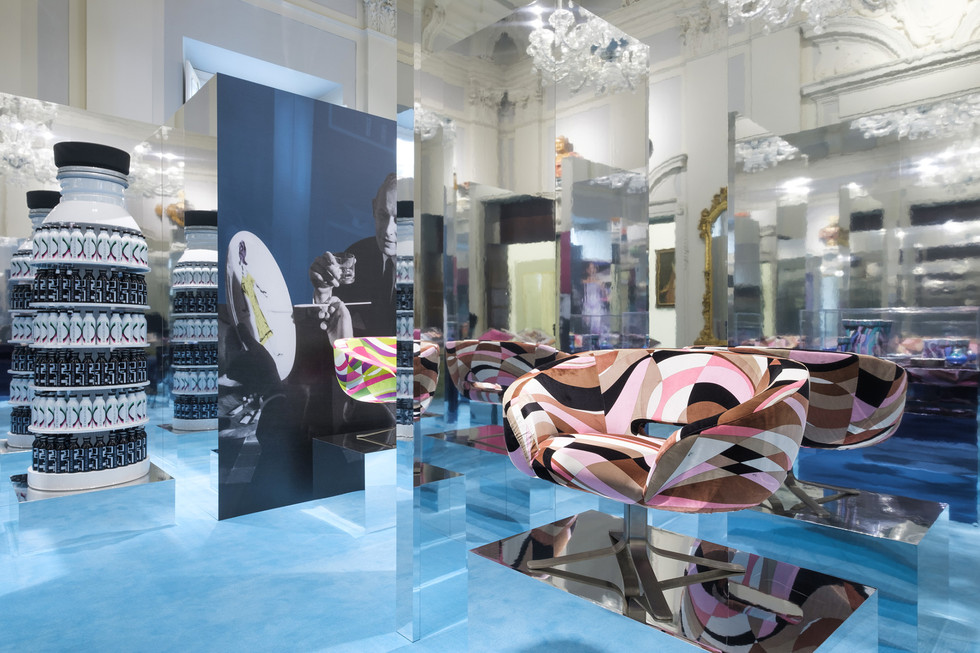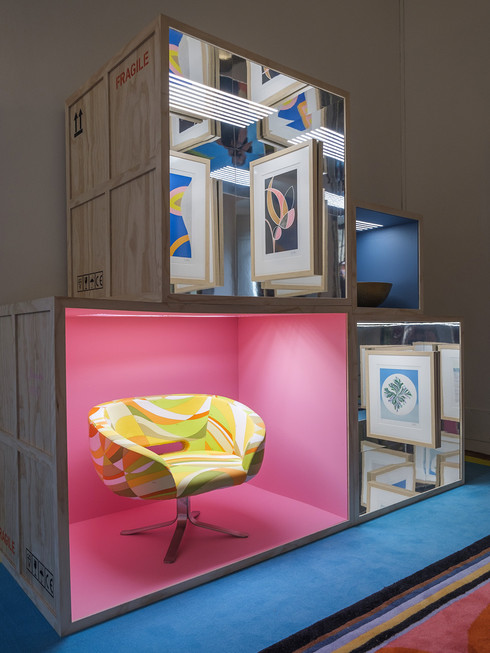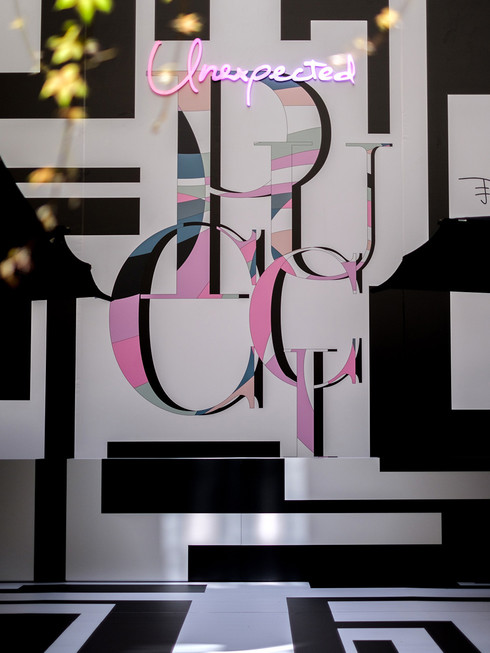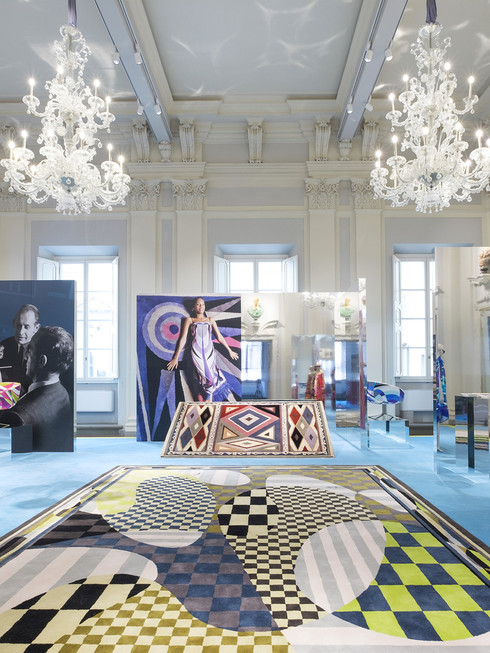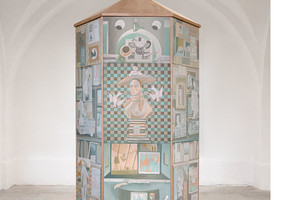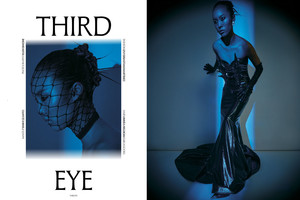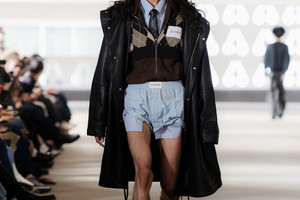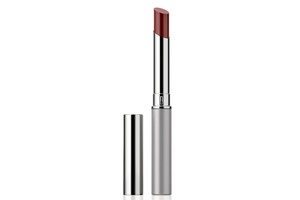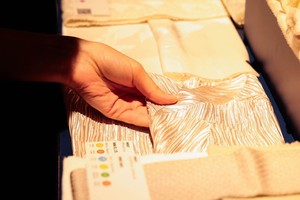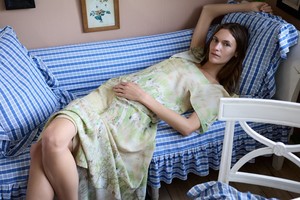UNEXPECTED PUCCI - PITTI UOMO
Written by Philip Warkander by Fashion TalesPalazzo Pucci is situated, as one would expect, on Via Pucci in central Florens, just around the corner from the Duomo. Built in the 16th century, it is decorated with frescoes, paintings, and sculptures, often made by renowned painters such as Giovanni da San Giovanni, Jacopo Chiavistelli and Giovanni Domenico Ferretti. During Pitti Uomo in June, the fashion house celebrated the launch of their new book Unexpected Pucci, published by Rizzoli, curated by Laudomia Pucci. The main subject of the book is the collaborations between Pucci and other brands, operating in adjacent creative industries. For example, Kartell has used Pucci prints for their furniture, Rosenthal for chinaware and Illy for cups. Using Pucci prints for objects outside of fashion is in line with how already Emilio Pucci, the brand’s creator, would turn his prints into panels for interiors and even apply them as decoration for swimming pools. In the book, Angelo Flaccavento is quoted as saying that, “beauty, for Pucci, is a way to make daily living better.” This is a philosophy that is easy to sympathize with: we all need garments, chinaware, and chairs in our lives – so why not choose the things that surround us with care, thus ensuring that they are not only useful but also aesthetically pleasing? Choose your belongings well and use them for a long time, rather than buying into temporary trends that you eventually will grow bored with.
Back to the Pucci Palazzo: in the courtyard, a small bar had been set up, offering drinks and hors-d’oeuvres. Going up the great staircase in the center of the palazzo, I was surrounded by Korean influencers, European fashion journalists and Italian nobility, as one would expect at a Pucci event. On the first floor of the palace, there was an installation dedicated to a selection of the objects discussed in the book. The piece de resistance was without question the Pucci rugs, first launched at the Museum of Decorative Arts in Buenos Aires in 1970. Now, they had been reissued in a small selection – Ovali, Occhi, Giardino, Lamborghini, Menelik, and Hawaii – of the brand’s historic prints.
Pucci’s strength is that it refuses to give in to trends and instead has developed its own, carefully crafted design language, consistent throughout the decades and easily recognized through its strong prints and bold use of color. It’s a symbol of a carefree lifestyle, where the money is not an issue and good taste is subjective. Flaccavento summarizes the project:
“This book describes the all-encompassing vision of Emilio Pucci, his desire to make not only the clothes special but also the everyday objects – furnishings, carpets, furniture pieces – distributing kinetic, super-colorful, hypnotic prints everywhere. An absolute and engaging Puccification that was not born from the desire to accumulate money thanks to cruel marketing, but rather from the urgency to create. A lesson embraced by Laudomia Pucci, which sounds like a warning today due to its authenticity and a touch of refreshing humanism in a world where the infamous and mercantile branding prevails.”








